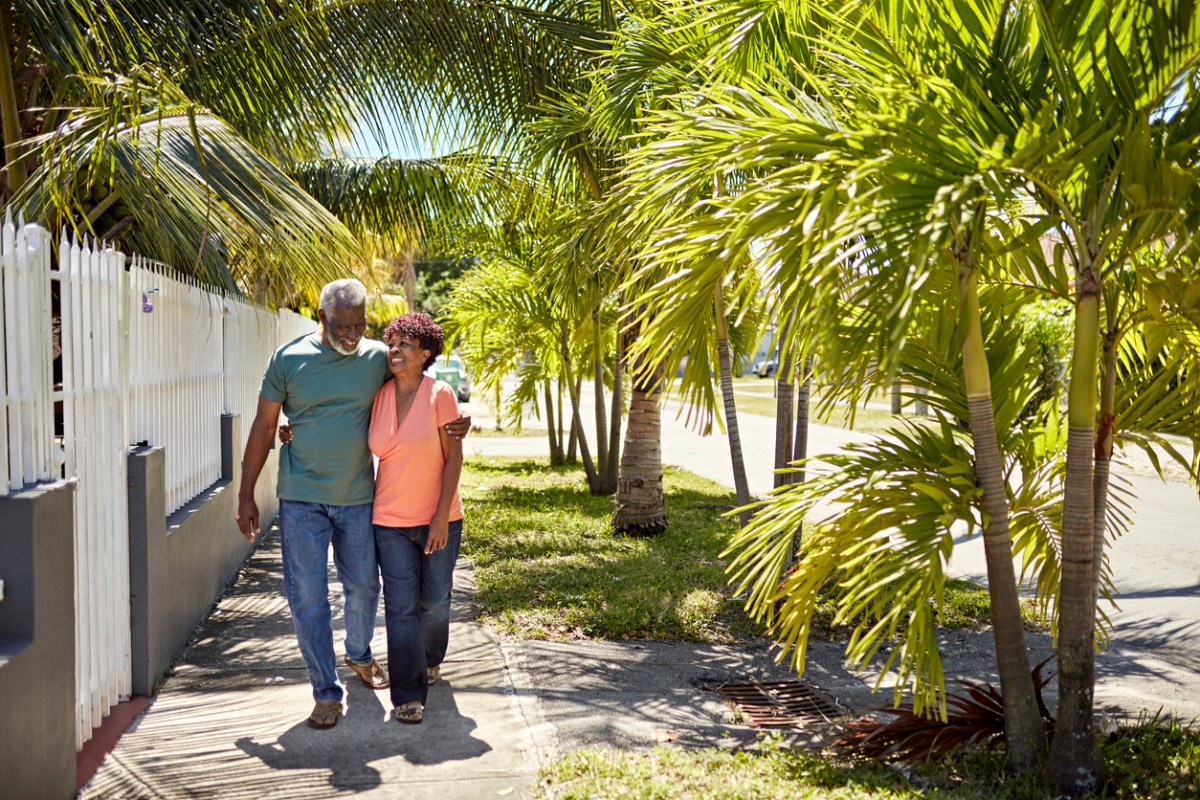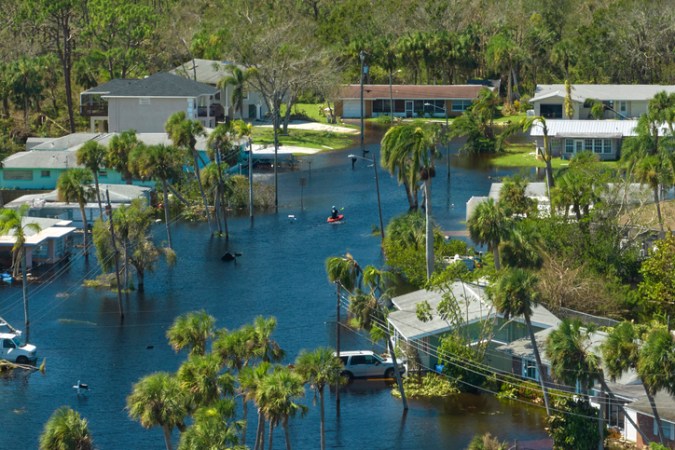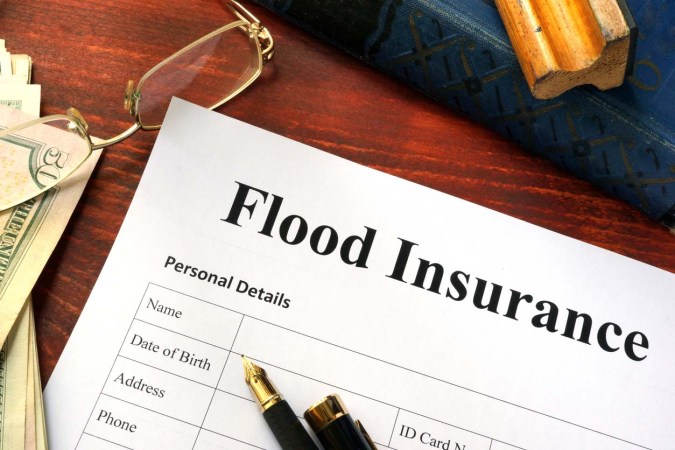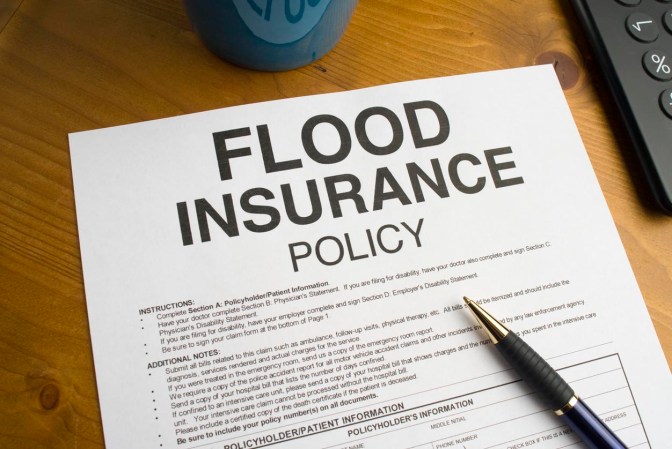We may earn revenue from the products available on this page and participate in affiliate programs. Learn More ›
Many people dream of moving to a warmer climate. While the idea of living in a place where the sun shines year-round is certainly appealing, it’s important to remember that moving to a warmer region comes with its own set of challenges. Before you pack your bags and make that big move, it is important to consider some of the unique challenges involved in living in a warmer region. From managing day-to-day housekeeping tasks like yard work and pest control to understanding how higher temperatures may affect energy bills, there’s plenty to take into account when considering life at their new destination.
1. Consider the type of climate.
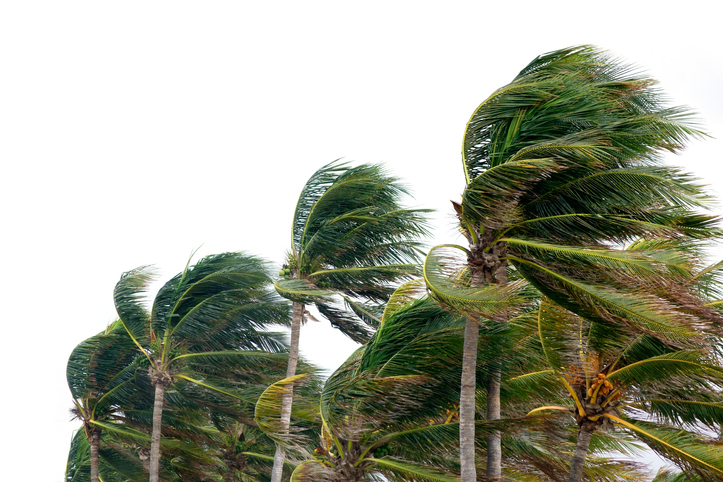
When considering a move to a warmer climate, it’s important to understand that different regions can have vastly different climates. A humid environment may bring more mold and mildew issues, while dry areas could require intense landscaping maintenance and water conservation methods due to droughts. On the other hand, if your destination experiences heavy rainfall, you should investigate additional flood protection measures for peace of mind before settling in. Be sure to understand the type of climate you’re moving to in order to prepare for the specific challenges of your new environment.
RELATED: The Best Moving Companies
2. Lawn maintenance costs may be higher.

In particularly hot areas, lawns may require more attention to maintain their health and appearance. This could include regular watering, fertilization, and pest control to keep grass and plants healthy in the heat. Alternatively, some homeowners may opt for xeriscaping. This landscaping approach uses drought-resistant plants that need minimal water or maintenance to thrive.
RELATED: 14 Plants That Thrive Even When Temperatures Rise
3. Water costs may be higher.
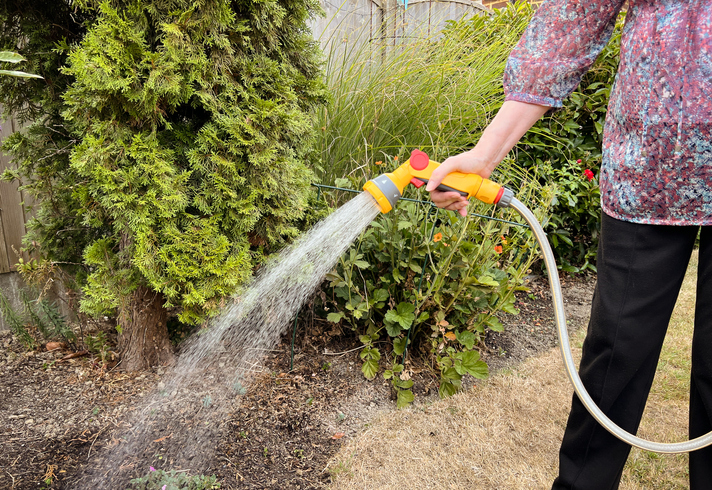
In addition to higher lawn-[maintenance costs, homeowners in warmer climates may also face higher water costs. This is especially true in areas where water is a scarce resource, as demand often drives up the price. To prepare, homeowners should be aware of local regulations concerning usage and conservation efforts; restrictions on lawn watering or car washing can often apply, as can incentives for installing efficient appliances and fixtures. Homeowners can further mitigate their own consumption by repairing leaks and investing in low-flow showerheads and toilets. You can even consider harvesting rainwater for watering your lawn or outdoor plants.
RELATED: These 30 Places Have the Worst Weather in America
4. Prepare for pests.
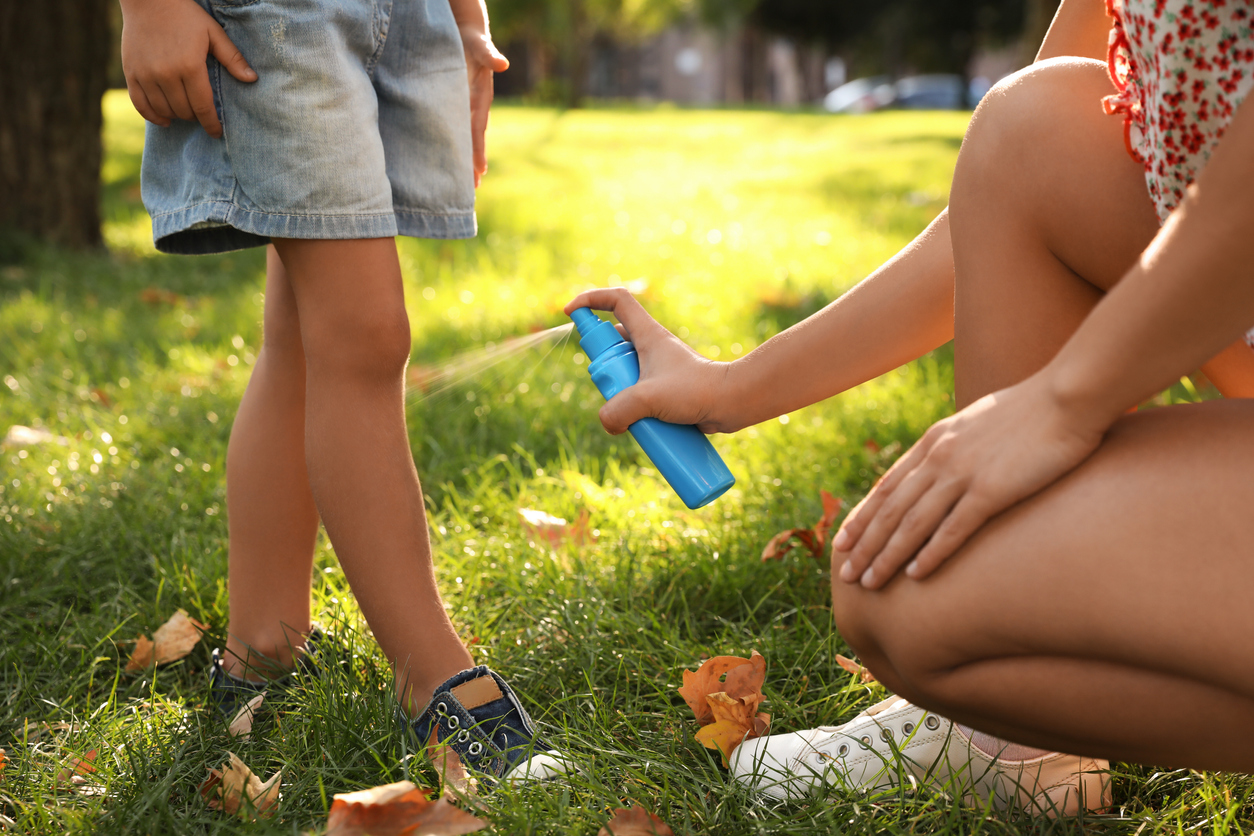
One of the downsides of moving to a warmer climate is the increased presence of bugs and other pests. Sunshine and mild weather are desirable for humans, but these enviable conditions are also ideal for many bugs, such as mosquitoes and ants, which may make outdoor activities difficult or uncomfortable. To ensure you’re able to enjoy lounging outside without being pestered by pesky critters, it’s important to invest in some preventative measures such as general bug spray or more targeted mosquito repellents. Alternatively, consider creating an inviting screened-in area on your porch that offers more protected outdoor living space.
RELATED: Growing These Plants Will Mosquito-Proof Your Outdoor Space
5. Budget for higher summer electricity costs.

In warmer climates, air conditioning is not just a luxury but a necessity to stay comfortable during the hot and humid summer months. AC usage can cause your electricity bill to skyrocket, so budget accordingly and take steps to reduce energy consumption, such as investing in efficient appliances or setting higher thermostat temperatures when away from home. Additionally, explore cooling techniques like using fans or opening windows at night for natural ventilation and temperature drop-offs, saving you money while keeping you cool.
RELATED: 7 HVAC Mistakes That Drive Up Summer Cooling Costs
6. Prepare for ice storms.
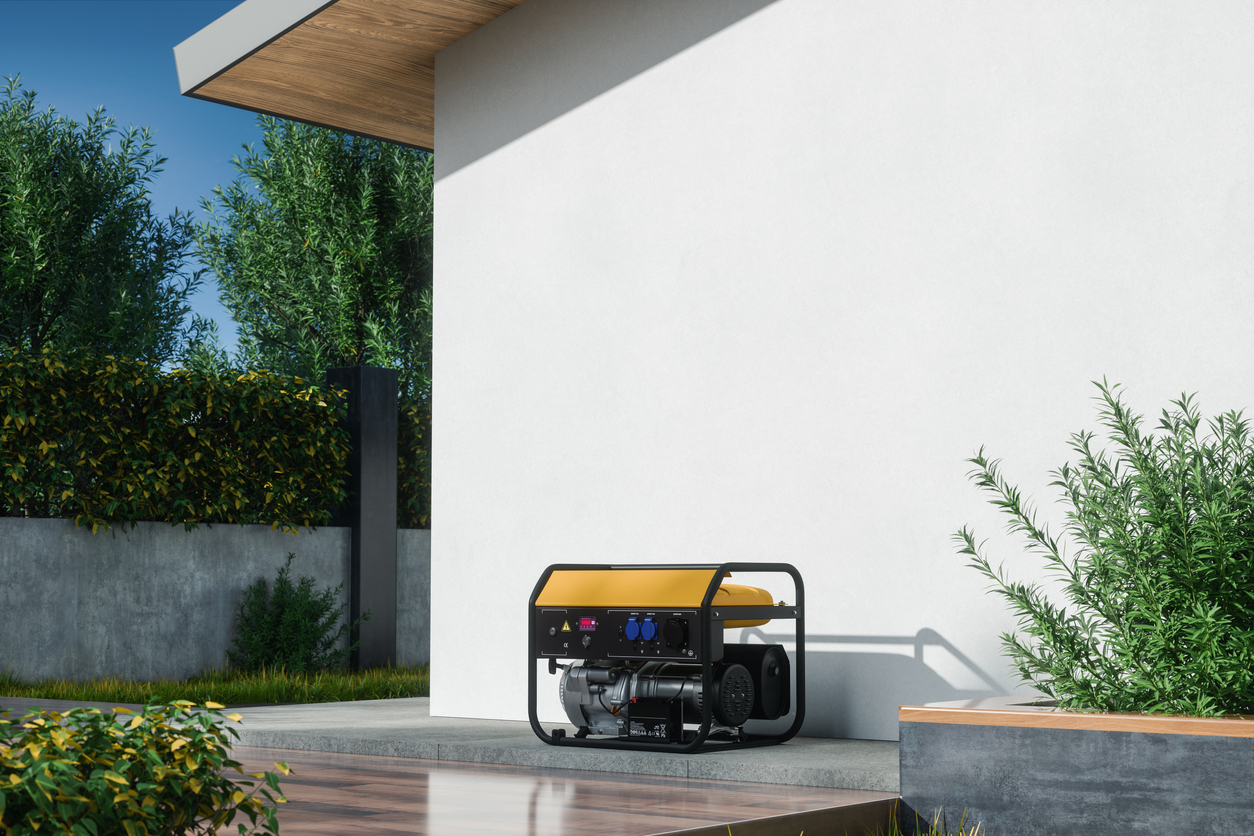
When moving to a warmer climate, it’s important to remember that although snow may be a thing of the past, ice storms can still pose a significant threat. These storms can cause power outages, damage to trees, and dangerous road conditions. To prepare for potential ice storms, make sure your home is equipped with a generator or alternative power source. Stock up on emergency supplies, such as non-perishable food and water, flashlights, and blankets. Have a plan in place in case of a power outage, and stay informed of weather updates to ensure your family’s safety throughout the winter months.
RELATED: 15 Ways Winter Weather Damages Your Home
7. Invest in shade and cooling options.

In warmer climates, spending time outside can be a great way to enjoy the weather and soak up the sun. But the high temperatures can also make outdoor activities uncomfortable—or even dangerous. Make sure that your outdoor spaces are comfortable during the summer months by investing in shade structures like umbrellas or awnings to provide relief from the sun’s rays.
RELATED: 10 Smart Ways to Bring Shade to Your Outdoor Space
8. Plan for hurricane or tornado season.
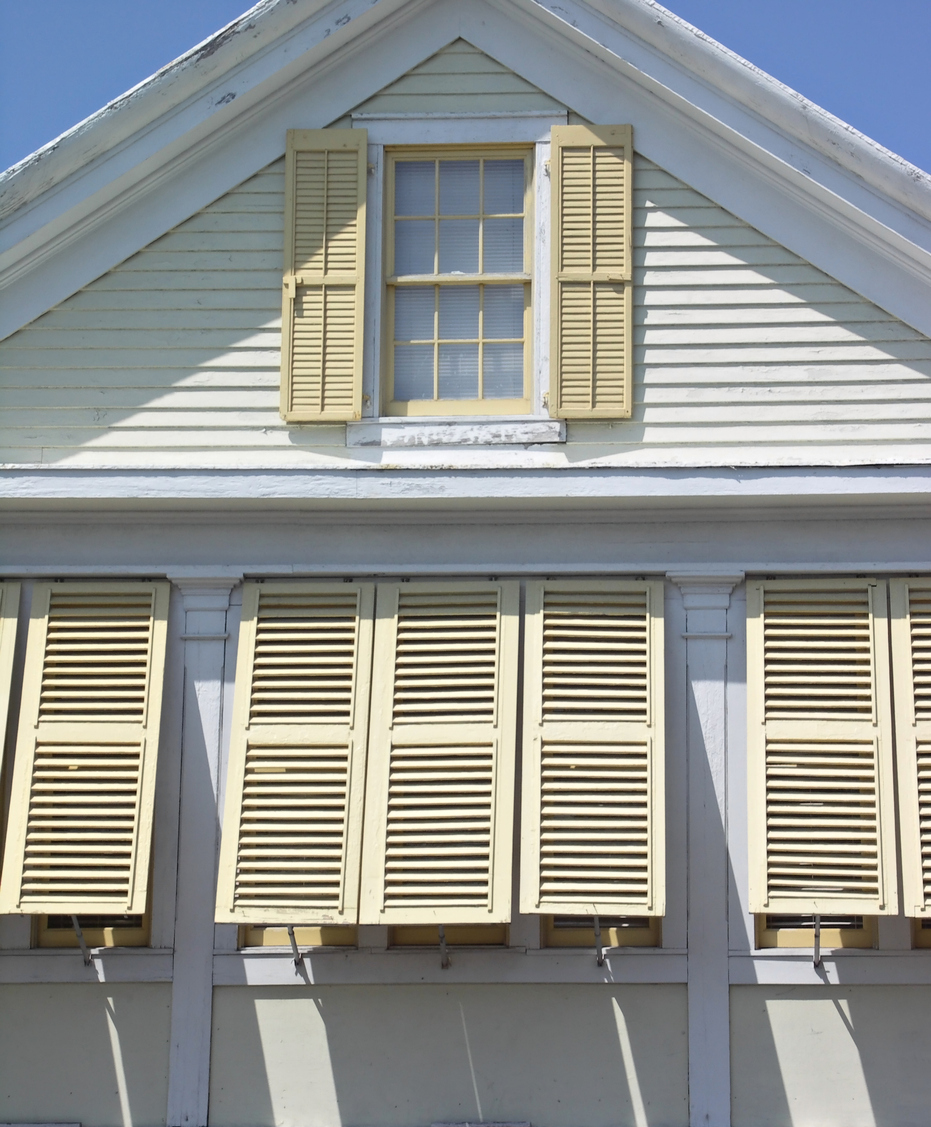
When moving to a coastal area, it’s important to plan ahead for the possibility of hurricanes. To minimize any potential damage to your home, it is best practice to invest in strong and reliable hurricane shutters for windows and doors. Familiarize yourself with evacuation routes so you are prepared if an emergency arises. If you’re moving to a state that experiences frequent hurricanes, create a safe place in an interior room where you can gather during storm warnings. Additionally, packing an emergency kit beforehand can provide peace of mind by ensuring that essential items such as food, water, and basic medical supplies are accessible when they’re needed most.
RELATED: When Is Tornado Season? What to Know and How to Prepare
9. Allergy season may be worse.

When you move to a warmer climate, rising temperatures and longer allergy seasons can increase the amount of airborne allergens. To combat these irritants, investing in an air purifier with HEPA filters is essential— these machines trap pollen and dust particles so they don’t enter the home’s indoor environment. Additionally, homeowners should regularly clean their homes to prevent the buildup of allergens and consider using hypoallergenic bedding and cleaning products to further reduce allergen exposure.
RELATED: The 6 Best Home Improvements You Can Make in Allergy Season
10. The wildlife may be different.

Exploring warmer climates can provide a plethora of beautiful sights, but it’s important to remember that these environments are also home to an array of wildlife. This can include snakes, alligators, and other potentially dangerous animals. To stay safe during your adventures, wear appropriate clothing for protection from the environment; bring along essential items like flashlights and whistles; respect trail boundaries; and give any animals you encounter plenty of space without provoking them.

